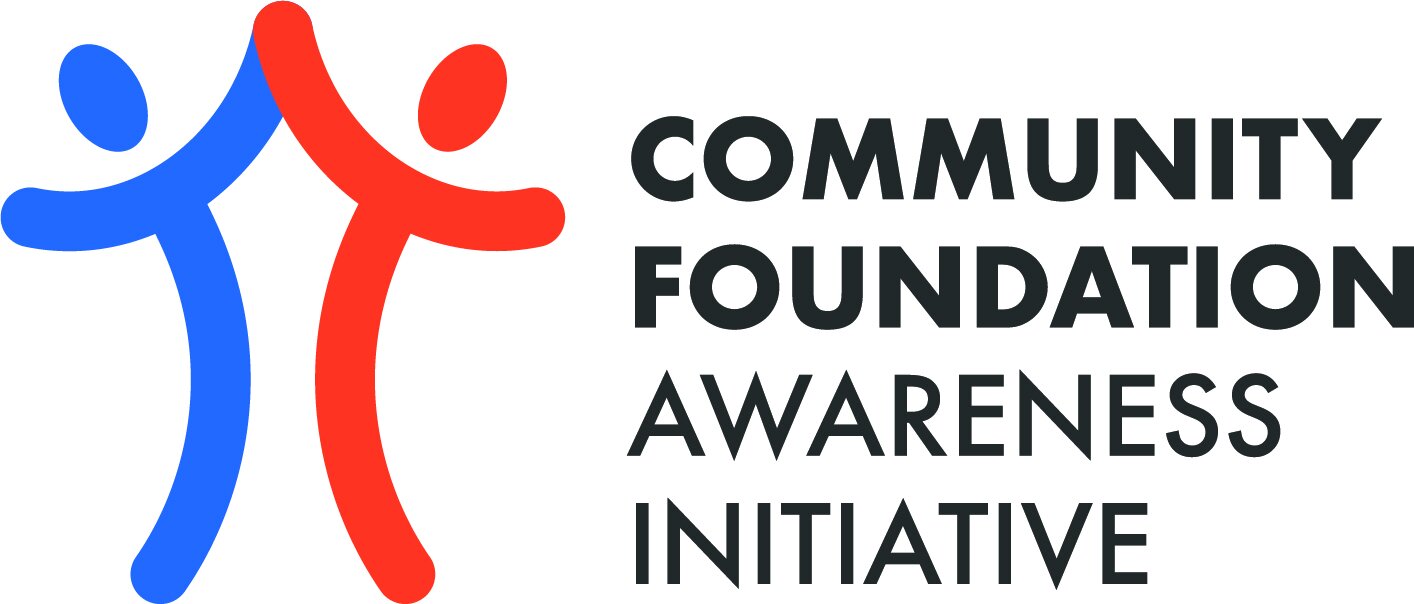Statement on the King-Grassley DAF Reform Bill
Community foundations exist to make their communities a better place for all – and to make it easier for donors to support nonprofits in their communities. That’s why we created donor-advised funds (DAFs) more than 90 years ago – and why DAFs remain one of the many tools community foundations use to build local philanthropy in communities large and small.
DAFs already get substantial resources out the door quickly to support the needs of our communities. A survey of more than 80 community foundations found that community foundation DAFs granted more money to nonprofits in 2020 than donors put into those DAFs the previous year, meaning money is already turning over quickly. This disproves the notion that funds are sitting idle – as does the fact that payout rates for community foundation DAFs are routinely three to four times higher than those for private foundations.
However, it’s important to remember that payout rates should not be the sole measure of the effectiveness of DAFs. For many donors at community foundations, the DAF is their entry point into philanthropy – serving as the first step in a lifelong giving journey that includes annual gifts, support for capital campaigns, and estate gifts. For others, they are a useful tool for teaching their children and grandchildren about responsible giving and passing on their values to the next generation. Why should family legacy be limited to the very wealthy through a private foundation?
DAFs are popular for donors because they make giving flexible and easy. When it’s easy to give, people give more. Critics assume that all the money donated to DAFs would automatically be given directly to charity if DAFs did not exist. But this assumption is simply not supported by data and isn’t consistent with the experience of our community foundation partners, who work closely with donors and understand their motivations and charitable goals.
As a result, the Community Foundation Public Awareness Initiative believes recent proposals to place restrictions on DAFs – including the latest legislation proposed by Sen. Angus King and Sen. Charles Grassley -- are solutions in search of problems. If approved, these measures would reduce charitable giving – and ultimately hurt community nonprofits.
Our group of community foundations is not opposed to all DAF reforms, provided that they are (1) supported by data, (2) address real problems, (3) do not significantly increase administrative costs for smaller DAF sponsors (e.g., community foundations in small towns and rural areas, many of which manage charitable assets under $20 million), (4) do not artificially restrict our ability to address problems in our communities. We are happy to discuss potential reforms with policymakers.
We are pleased that some of the critics of DAFs, including those behind the Initiative to Accelerate Charitable Giving, as well as Sens. King and Grassley, have come to recognize the unique value and status of community foundations. Accordingly, they have proposed special rules for some community foundation DAFs that, on the surface, appear to make sense. However, community foundations didn’t ask the Initiative to include a carve-out and we worry it could negatively impact our valuable partnerships with local charities and other philanthropies. Like many of the other provisions in the proposal, we fear the unintended consequences of a carve-out would outweigh any potential benefits.
We are still reviewing the details of the King-Grassley proposal and can provide more details on specific provisions once our partner foundations have reviewed them.
